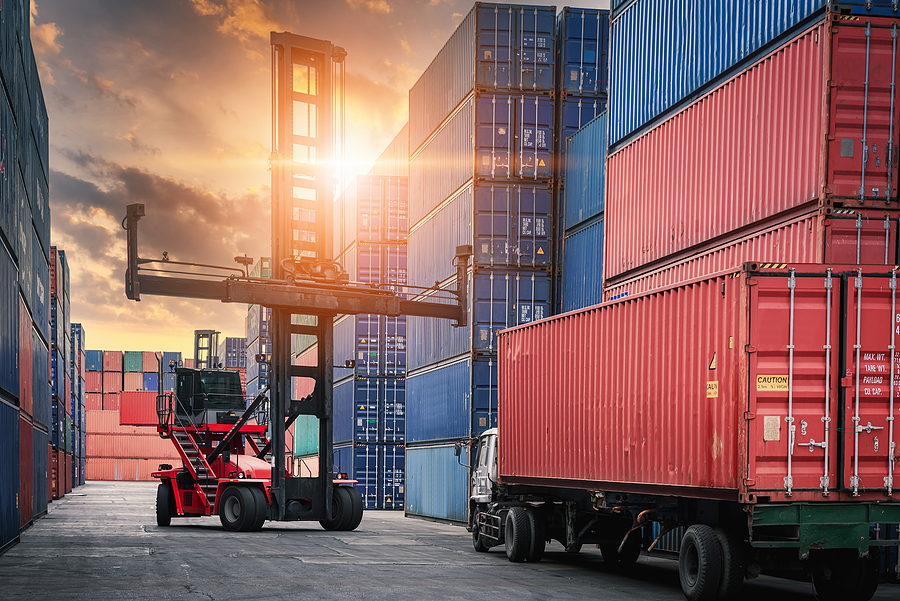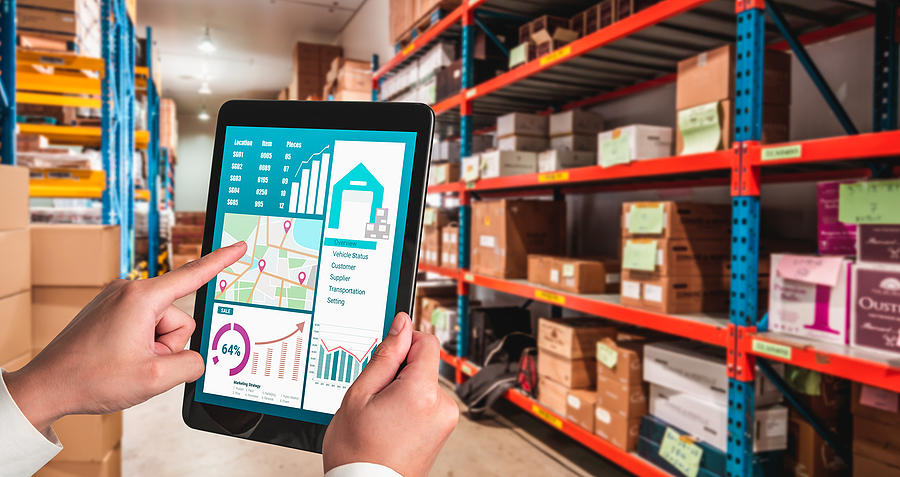May is the month of flowers. Blooms burst in every color, painting landscapes in bright contrast to April’s gray skies. But here in Minnesota, we’re just as proud of another kind of flour — the kind that helped build an industry and shape a city.
In celebration of the season, we’re looking back at the history of flour milling — from its ancient roots to its peak in the Twin Cities, and where the industry stands today.
First Tools, First Grains
Humans started making tools nearly 250,000 years ago, but those early creations were mostly for hunting and survival. It wasn’t until around 10,000 to 15,000 years ago that we turned our focus to agriculture.
Grain, unlike meat or produce, was easier to store and transport. That made it perfect for trade — and perfect for early cities.
The trick was in the milling.
To make grain digestible, early societies learned to grind it using stones. Even 6,700 years ago, people were milling wheat between stones to remove the bran and germ, leaving the endosperm to become flour.
Early Innovations in Milling
- Ancient Egyptians used saddle stones
- Greeks developed hopper-fed “hourglass mills”
- Romans introduced water power around 100 B.C.
Through the centuries, mills improved by harnessing new sources of energy — from humans and animals to windmills and waterwheels. Sifting systems became more advanced. By the 19th century, mills were adopting gears, belts, and roller systems to move grain faster and produce purer flour.
One key figure in this shift was American inventor Oliver Evans, who designed the first continuous milling system. His work introduced bucket elevators, screw conveyors, and sifters into a single seamless process — the first real automation of its kind.
Milling Moves to the Midwest
As the U.S. expanded westward, so did its agricultural and industrial base. With new rail lines, barge access, and cheap land for growing wheat, the center of U.S. flour production migrated west.
By the late 1800s, Minneapolis had all the ingredients to become the new flour capital:
- Proximity to wheat-growing regions
- Reliable river power
- Rapid rail expansion
- A workforce hungry for opportunity
At the same time, a “New Process” of milling was changing the game. It used Canadian hard wheat, milled slowly between wider-spaced stones, to produce better flour more efficiently.
Edmund La Croix and the Minnesota Advantage
One of the biggest breakthroughs in modern milling came from Minnesotan Edmund La Croix, who invented the middlings purifier in 1865.
His innovation separated the finest parts of the wheat more effectively, dramatically improving flour quality. It helped Minneapolis mills produce flour that could compete with — and beat — European brands in quality.
By 1870, the average mill could extract 72% flour from grain, compared to just 28% in millfeed. Milling had officially become one of the first fully automated industries.
The Rise of the “Mill City”
By 1880, Minneapolis had overtaken St. Louis as the nation’s top flour producer. In that year alone, the city produced 2 million barrels. By 1910, that number had climbed to 15.4 million barrels, earning Minneapolis the title “Flour-Milling Capital of the World.”
World War I drove even more demand. In 1916, Minneapolis mills produced 18.5 million barrels, more than 20% of all U.S. flour.
Three companies dominated:
- Washburn-Crosby (Gold Medal Flour)
- Pillsbury
- Northwestern Consolidated Milling
Pillsbury’s “A” Mill was the largest in the world, producing 12,000 barrels per day.
By 1928, Washburn-Crosby had become General Mills, and in 2001, it acquired Pillsbury — uniting Minnesota’s two biggest flour producers under one roof.
Flour Today: Global Competition, Local Legacy
While Minneapolis is no longer the flour capital, its influence remains. The ruins of the original Washburn Mill, destroyed in an explosion in 1878, still stand today near the Mill City Museum, complete with the iconic Gold Medal Flour sign.
Globally, countries like China, India, and Russia now lead wheat production. The U.S. ranks fourth in milled flour exports, behind Turkey, Kazakhstan, and Germany.
Want More?
If this article gave you something to chew on, check out our post on how fireworks are made. Or watch this video to see modern flour production in action.
Got a question about how something is made? Send it to the FlexTrades Writing Team and we’ll cover it in a future blog.













